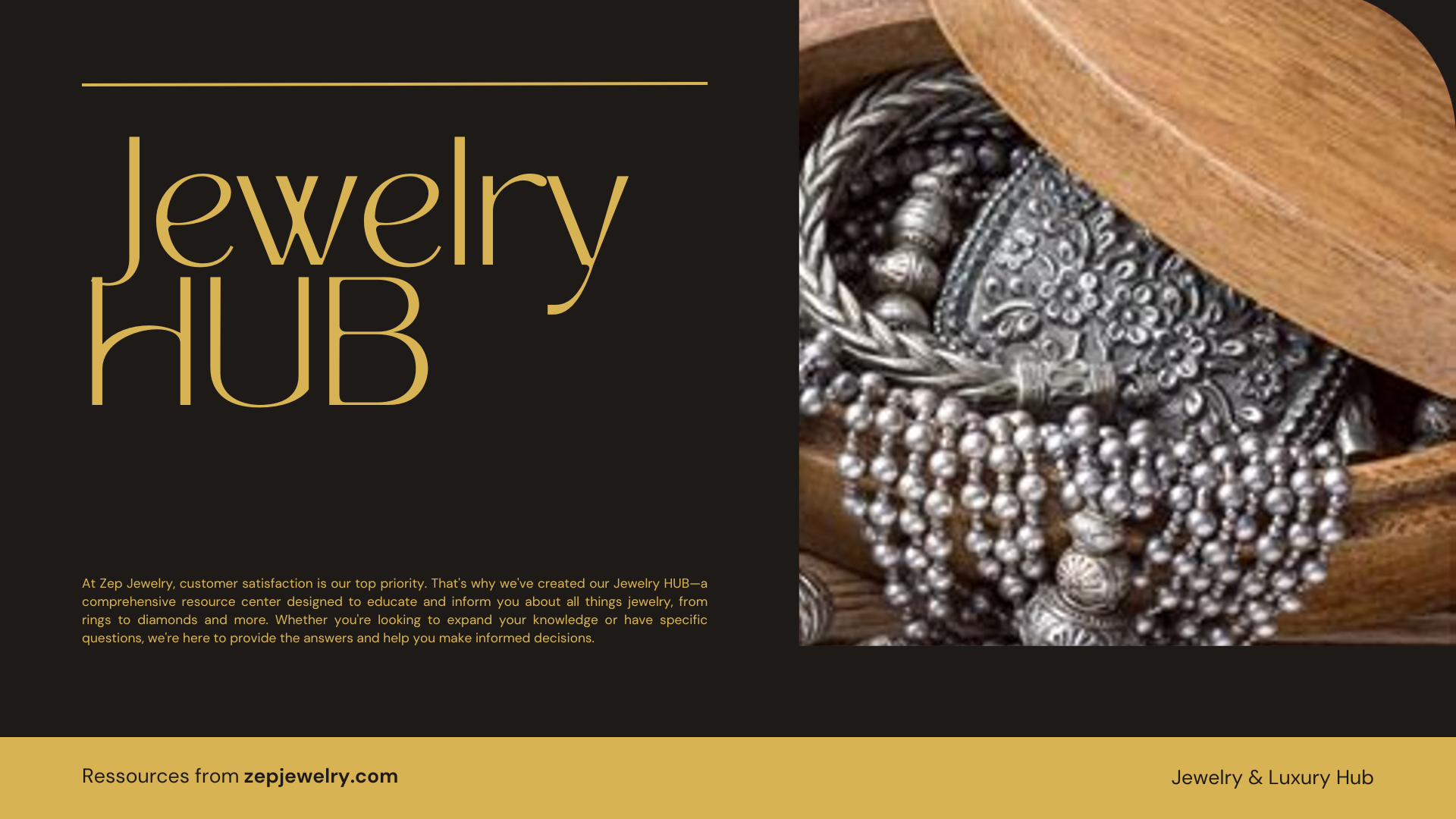Have you ever wondered why a simple ring can carry the weight of a lifetime of commitment while a necklace can speak volumes about social status? Jewelry is far more than just a pretty accessory; it’s a multifaceted language of its own, intricately woven into the fabric of human culture. Historically, pieces like brooches and clasps not only embellished garments but served vital roles in fastening clothing, merging practicality with elegance. Today, jewelry encapsulates stories of love, power, and identity, revealing just how deeply it resonates within our lives.
How does jewelry function beyond mere adornment?
Jewelry serves multiple functions that extend far beyond simple decoration. Not only does it adorn the body, but it historically acted as a practical tool for fastening clothing and hair. Imagine, for instance, the intricate brooches and clasps of the past that held garments securely in place, blending functionality with style. Moreover, jewelry plays a pivotal role in social structures; it’s a potent means to signify one’s status and wealth. A wedding ring, for example, transcends its material worth—it symbolizes an individual’s marital commitment and serves as a visual indicator of their relational status.
Furthermore, jewelry often communicates affiliations that resonate deeply within various cultural contexts. For instance, a necklace bearing a significant religious symbol can showcase one’s faith, making a personal statement about identity while also connecting to a broader community. Similarly, in many cultures, specific pieces may represent heritage, honor traditions, or denote social status, such as the distinctive jewelry worn by the Zulu people, which communicates a woman’s marital status through vibrant beadwork. Jewelry, in this form, acts not just as a fashion accessory but as a rich narrative woven into the fabric of social identity and cultural expression.
The importance of jewelry transcends mere aesthetics; it is a complex language of symbols and meanings. This rich tapestry of functions invites us to consider how the objects we wear reflect who we are and the communities we belong to.
In what ways does jewelry communicate personal identity?
Jewelry is a potent form of self-expression, reflecting individual identity and personal values. For many, selecting a piece of jewelry is not only about aesthetics; it’s also an emotional choice that can boost self-esteem and confidence. This choice can convey feelings, stories, or milestones in the wearer’s life, creating a deeper connection than mere ornamentation suggests.
Why has jewelry endured as a cultural artifact through history?
Jewelry is one of the oldest forms of decorative art, with its roots tracing back over 100,000 years. Its longevity can be attributed to its multifaceted roles: as a status symbol, a form of currency, a mode of expressing individuality, and even as a protector in the form of amulets. These diverse functions have solidified jewelry’s position as a significant cultural artifact across various societies.
How do cultural contexts influence jewelry usage?
Jewelry’s meaning and use can vary dramatically across cultures. For instance, in Western societies, a ring on the left ring finger often signals marital availability, while among the Zulu people, beadwork serves not only aesthetic purposes but also communicates social and familial information. Such cultural differences underscore how jewelry can be a powerful medium for expressing identity, status, and belonging within specific societal frameworks.
What are the psychological implications of wearing jewelry?
The psychological impact of jewelry is profound, shaping self-perception and social dynamics. Studies suggest that jewelry can communicate wealth and prestige, impacting how others perceive the wearer. Furthermore, jewelry with personal significance—as a gift or a family heirloom—enhances emotional connections and can profoundly influence the wearer’s confidence and sense of identity.
How do modern trends reflect historical uses of jewelry?
Contemporary jewelry trends often draw upon ancient traditions, reimagining them in modern contexts while still reflecting historical functions. For instance, certain pieces serve as status symbols or forms of currency in today’s luxury markets, echoing a long-standing role that jewelry has played across civilizations. Moreover, with the rise of customization, individuals seek pieces that narrate personal stories, paralleling the traditional use of jewelry as a marker of personal history and identity.
What environmental and ethical considerations surround jewelry making today?
The jewelry industry faces growing scrutiny regarding its environmental and ethical impacts, particularly concerning sourced materials such as diamonds and precious metals. Activism against conflict minerals—often termed “blood diamonds”—has heightened awareness of ethical consumption. Brands are increasingly transparent about their sourcing practices, investing in sustainable methods to address consumer concerns about the effects of jewelry production on both people and the planet.
